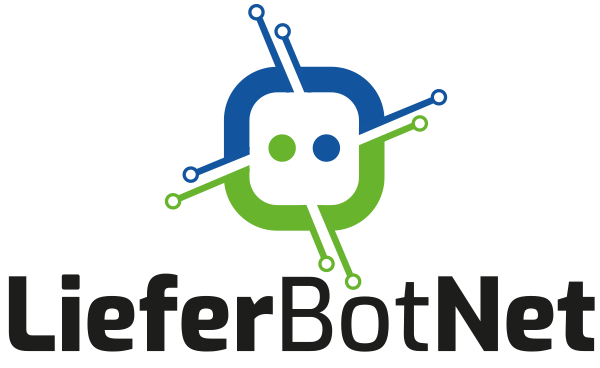deep-river is a Python library for online deep learning. deep-river's ambition is to enable online machine learning for neural networks. It combines the river API with the capabilities of designing neural networks based on PyTorch.
The documentation contains an overview of all features of this repository as well as the repository's full features list. In each of these, the git repo reference is listed in a section that shows examples of the features and functionality.
pip install deep-riveror
pip install "river[deep]"You can install the latest development version from GitHub as so:
pip install https://github.com/online-ml/deep-river/archive/refs/heads/master.zipWe build the development of neural networks on top of the river API and refer to the rivers design principles. The following example creates a simple MLP architecture based on PyTorch and incrementally predicts and trains on the website phishing dataset. For further examples check out the Documentation.
>>> from river import metrics, datasets, preprocessing, compose
>>> from deep_river import classification
>>> from torch import nn
>>> from torch import optim
>>> from torch import manual_seed
>>> _ = manual_seed(42)
>>> class MyModule(nn.Module):
... def __init__(self, n_features):
... super(MyModule, self).__init__()
... self.dense0 = nn.Linear(n_features, 5)
... self.nonlin = nn.ReLU()
... self.dense1 = nn.Linear(5, 2)
... self.softmax = nn.Softmax(dim=-1)
...
... def forward(self, X, **kwargs):
... X = self.nonlin(self.dense0(X))
... X = self.nonlin(self.dense1(X))
... X = self.softmax(X)
... return X
>>> model_pipeline = compose.Pipeline(
... preprocessing.StandardScaler(),
... classification.Classifier(module=MyModule, loss_fn='binary_cross_entropy', optimizer_fn='adam')
... )
>>> dataset = datasets.Phishing()
>>> metric = metrics.Accuracy()
>>> for x, y in dataset:
... y_pred = model_pipeline.predict_one(x) # make a prediction
... metric = metric.update(y, y_pred) # update the metric
... model_pipeline = model_pipeline.learn_one(x, y) # make the model learn
>>> print(f"Accuracy: {metric.get():.4f}")
Accuracy: 0.6728>>> from river import evaluate, compose
>>> from river import metrics
>>> from river import preprocessing
>>> from river import stream
>>> from sklearn import datasets
>>> from torch import nn
>>> from deep_river.regression.multioutput import MultiTargetRegressor
>>> class MyModule(nn.Module):
... def __init__(self, n_features):
... super(MyModule, self).__init__()
... self.dense0 = nn.Linear(n_features, 3)
...
... def forward(self, X, **kwargs):
... X = self.dense0(X)
... return X
>>> dataset = stream.iter_sklearn_dataset(
... dataset=datasets.load_linnerud(),
... shuffle=True,
... seed=42
... )
>>> model = compose.Pipeline(
... preprocessing.StandardScaler(),
... MultiTargetRegressor(
... module=MyModule,
... loss_fn='mse',
... lr=0.3,
... optimizer_fn='sgd',
... ))
>>> metric = metrics.multioutput.MicroAverage(metrics.MAE())
>>> ev = evaluate.progressive_val_score(dataset, model, metric)
>>> print(f"MicroAverage(MAE): {metric.get():.2f}")
MicroAverage(MAE): 28.36>>> from deep_river.anomaly import Autoencoder
>>> from river import metrics
>>> from river.datasets import CreditCard
>>> from torch import nn
>>> import math
>>> from river.compose import Pipeline
>>> from river.preprocessing import MinMaxScaler
>>> dataset = CreditCard().take(5000)
>>> metric = metrics.ROCAUC(n_thresholds=50)
>>> class MyAutoEncoder(nn.Module):
... def __init__(self, n_features, latent_dim=3):
... super(MyAutoEncoder, self).__init__()
... self.linear1 = nn.Linear(n_features, latent_dim)
... self.nonlin = nn.LeakyReLU()
... self.linear2 = nn.Linear(latent_dim, n_features)
... self.sigmoid = nn.Sigmoid()
...
... def forward(self, X, **kwargs):
... X = self.linear1(X)
... X = self.nonlin(X)
... X = self.linear2(X)
... return self.sigmoid(X)
>>> ae = Autoencoder(module=MyAutoEncoder, lr=0.005)
>>> scaler = MinMaxScaler()
>>> model = Pipeline(scaler, ae)
>>> for x, y in dataset:
... score = model.score_one(x)
... model = model.learn_one(x=x)
... metric = metric.update(y, score)
...
>>> print(f"ROCAUC: {metric.get():.4f}")
ROCAUC: 0.7447





